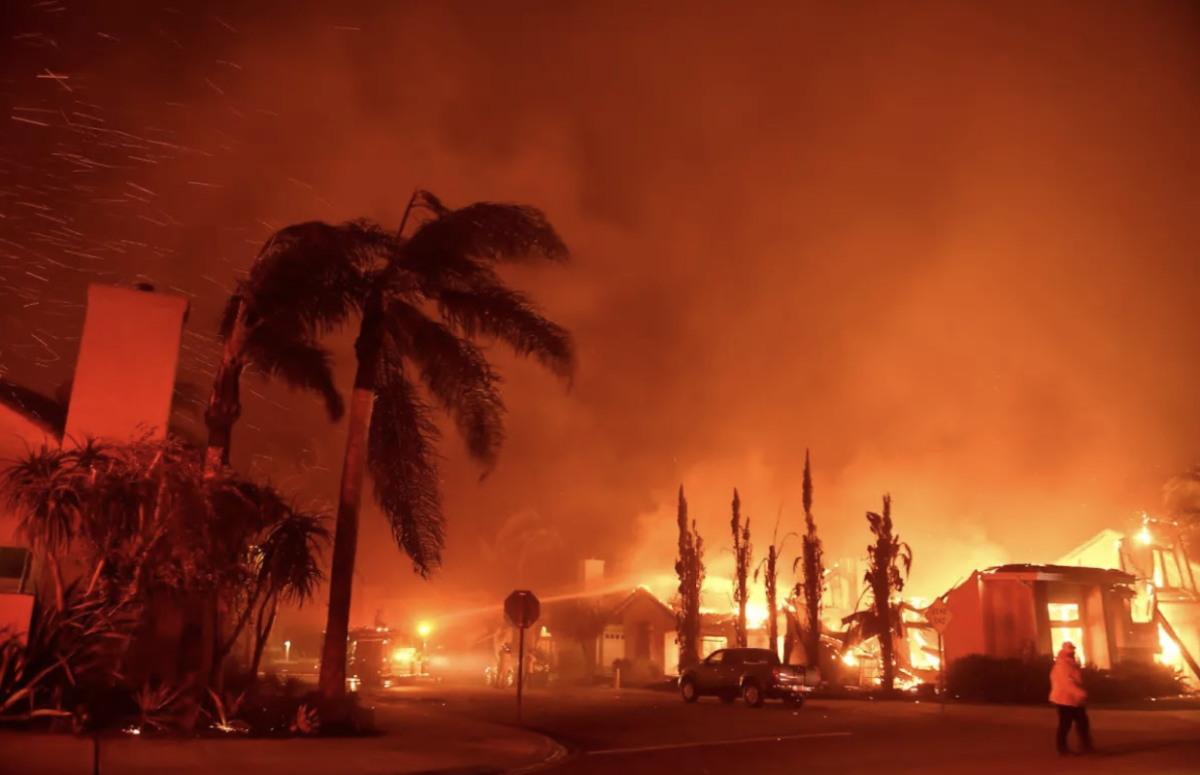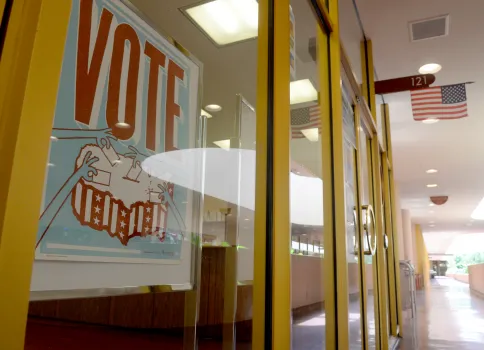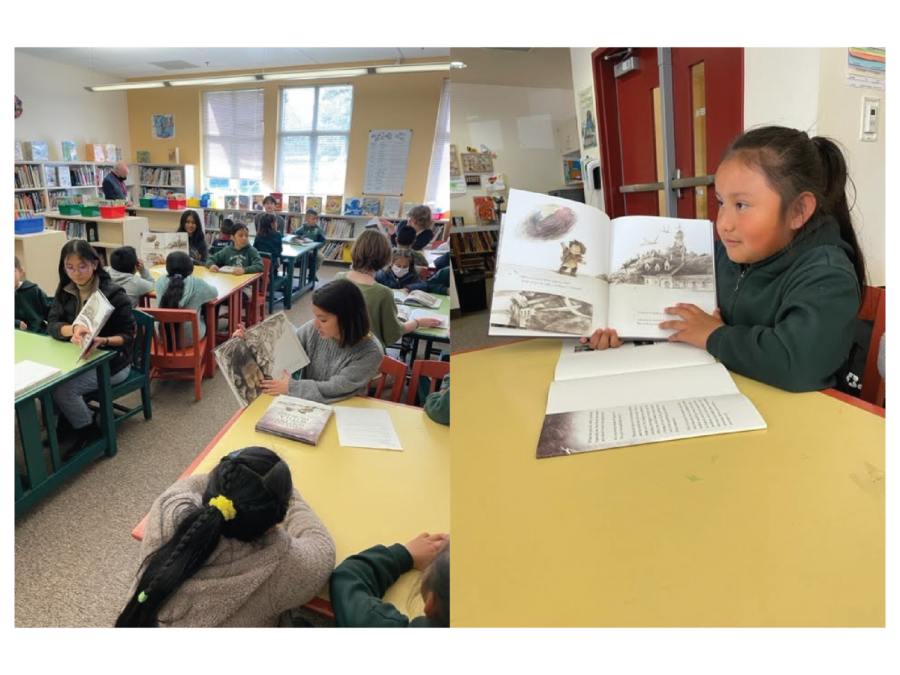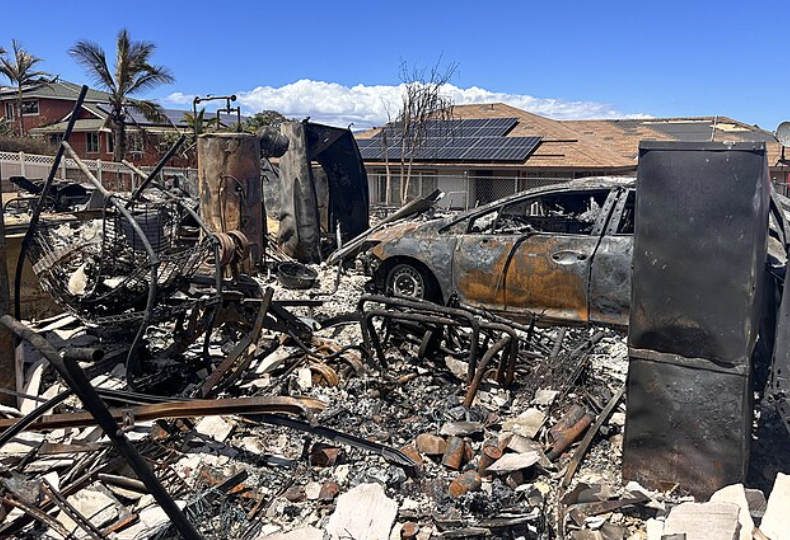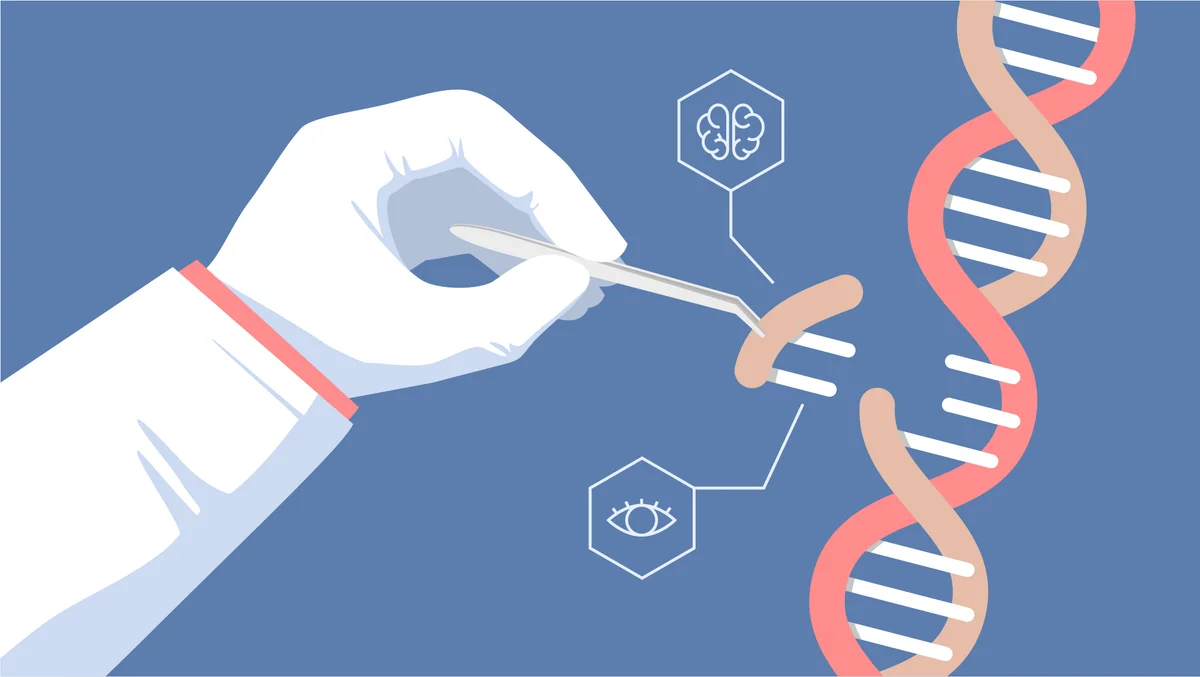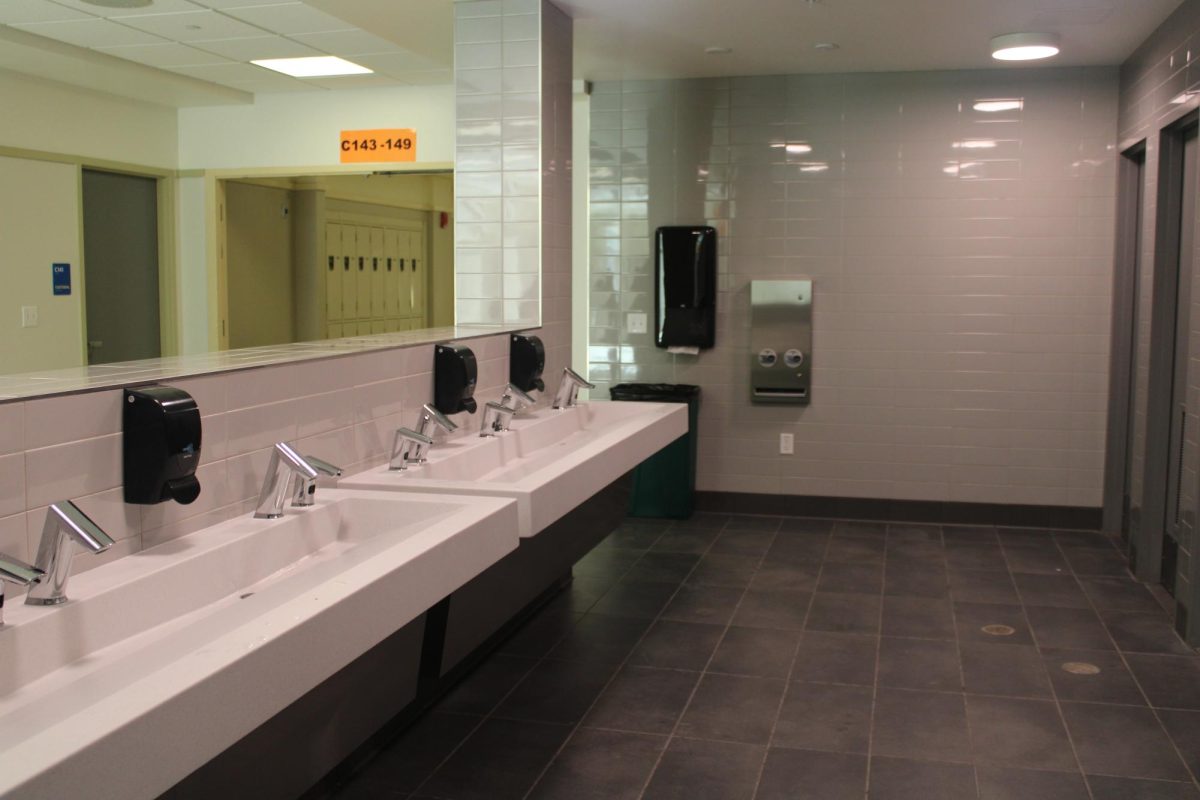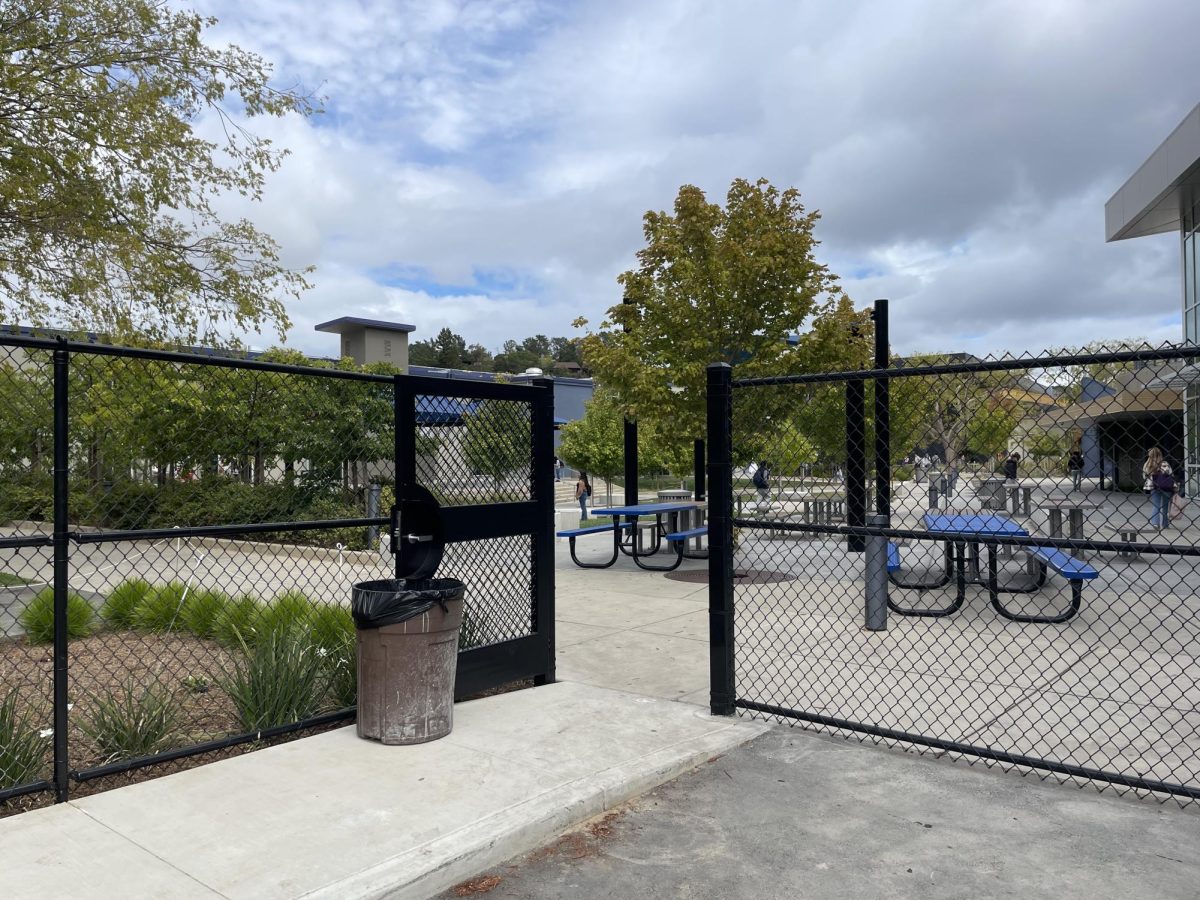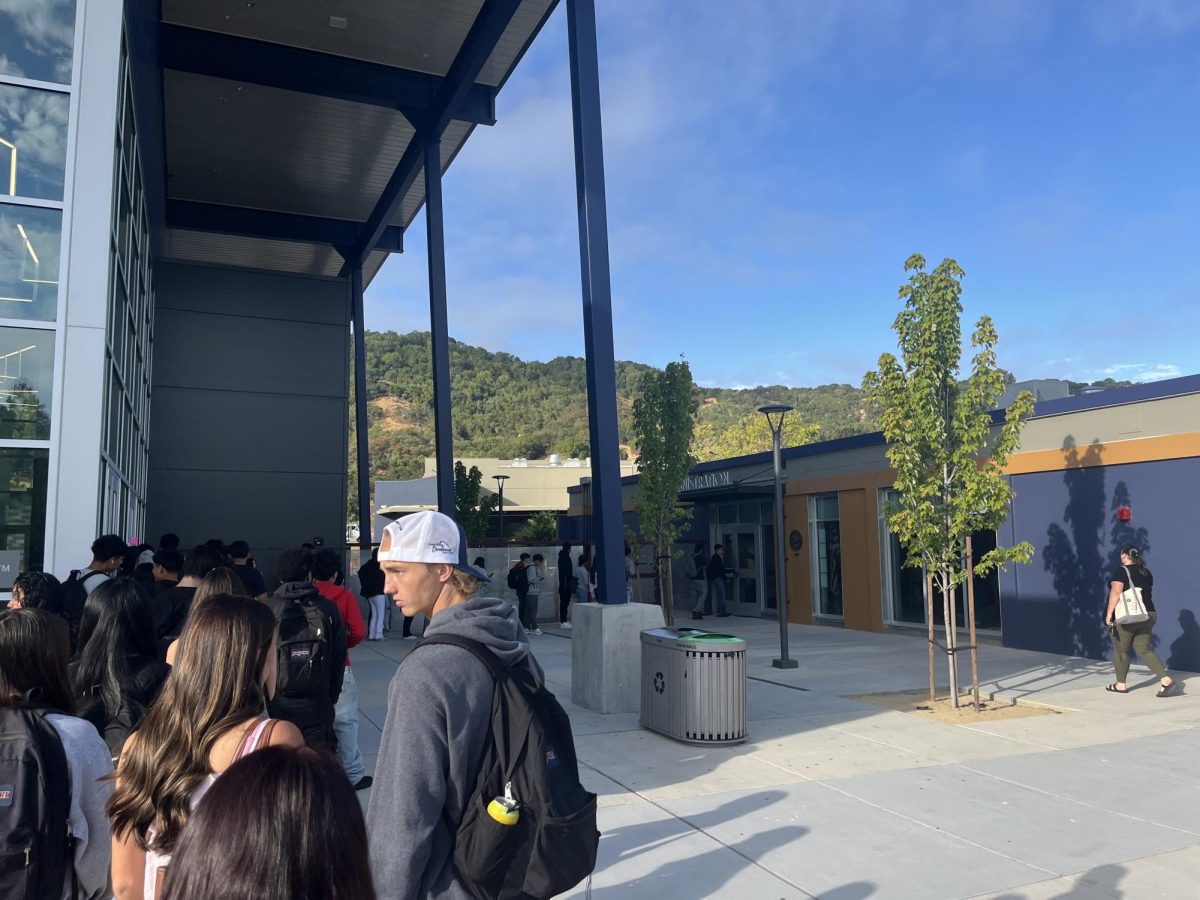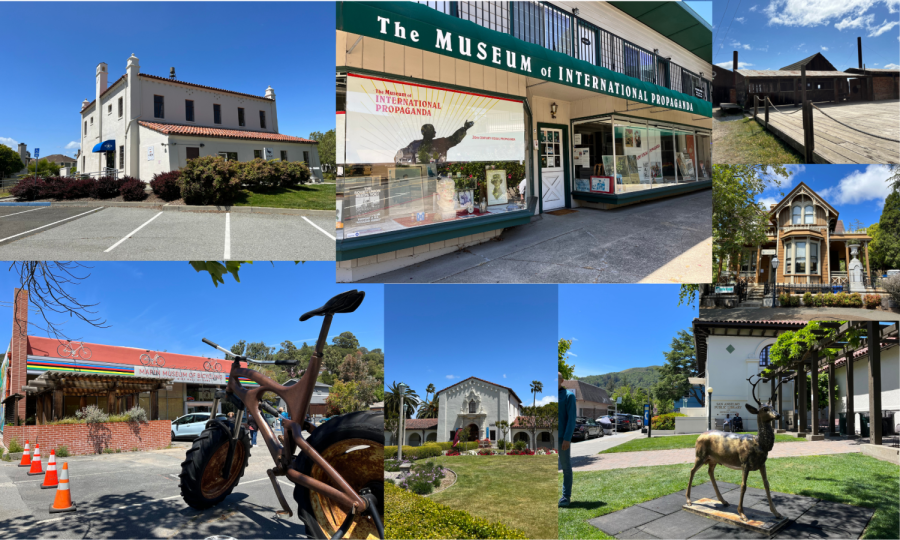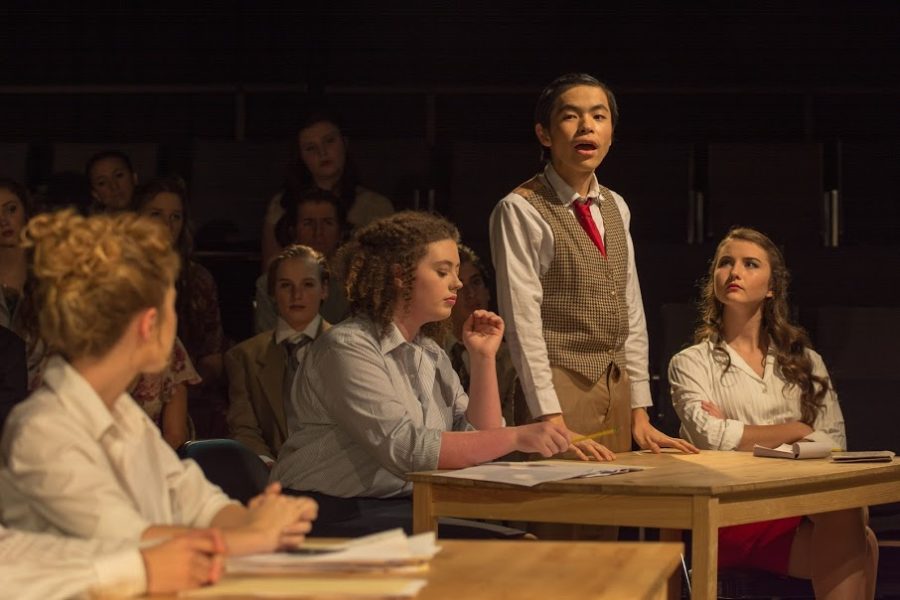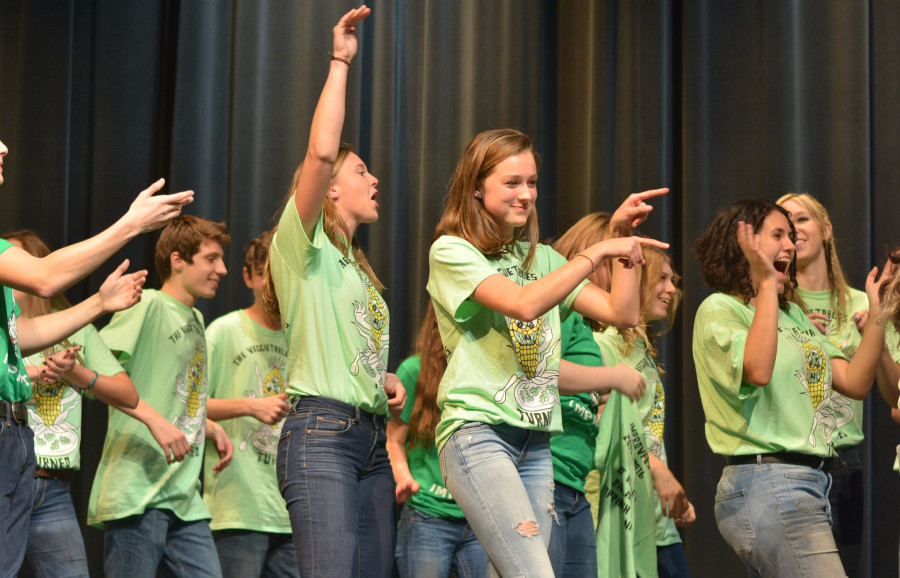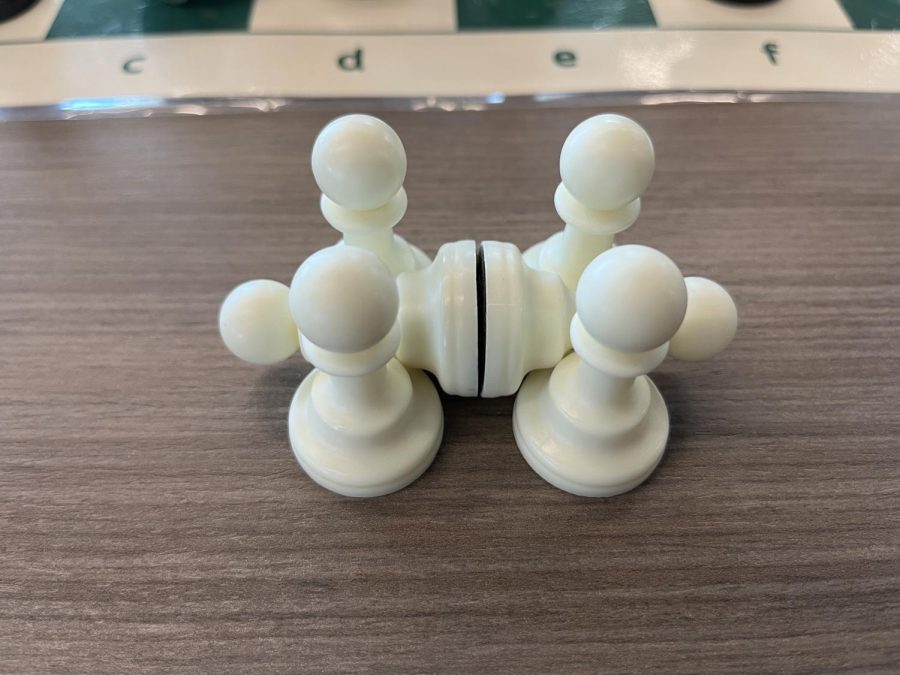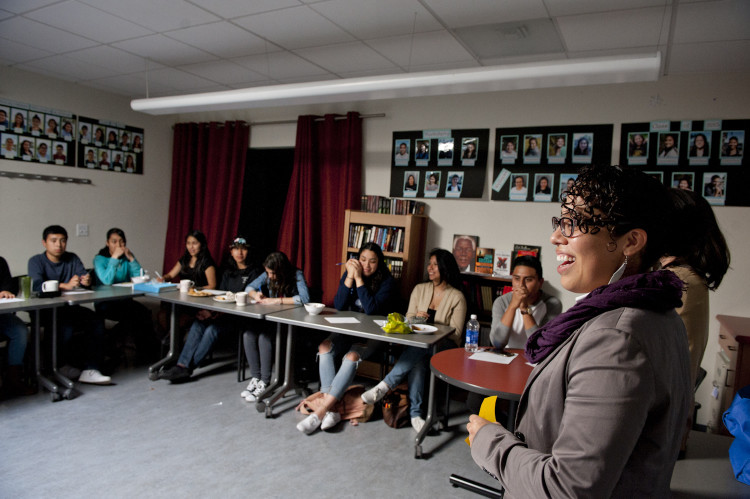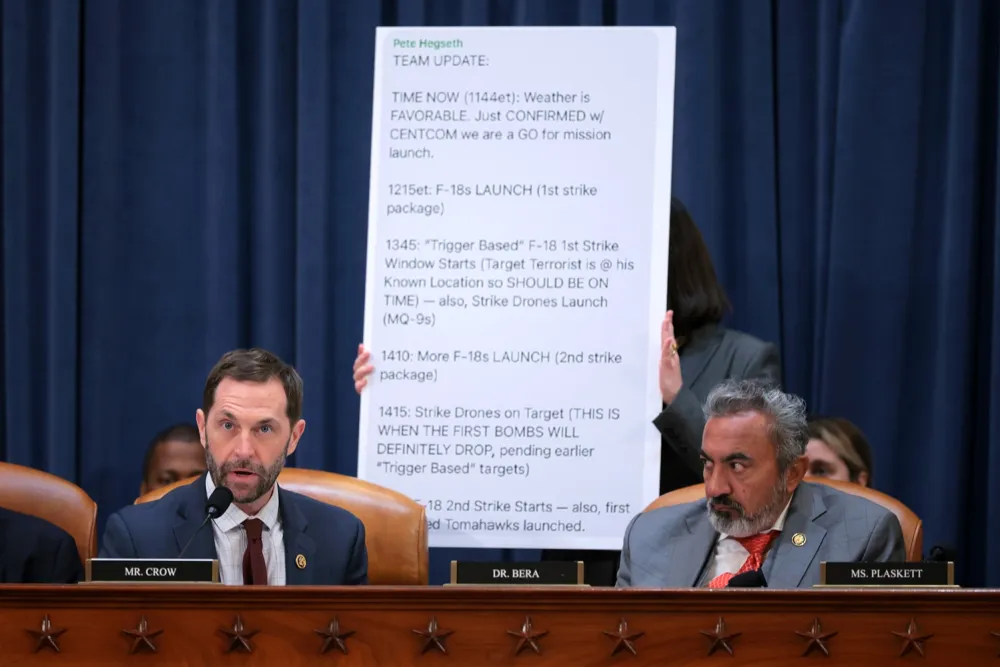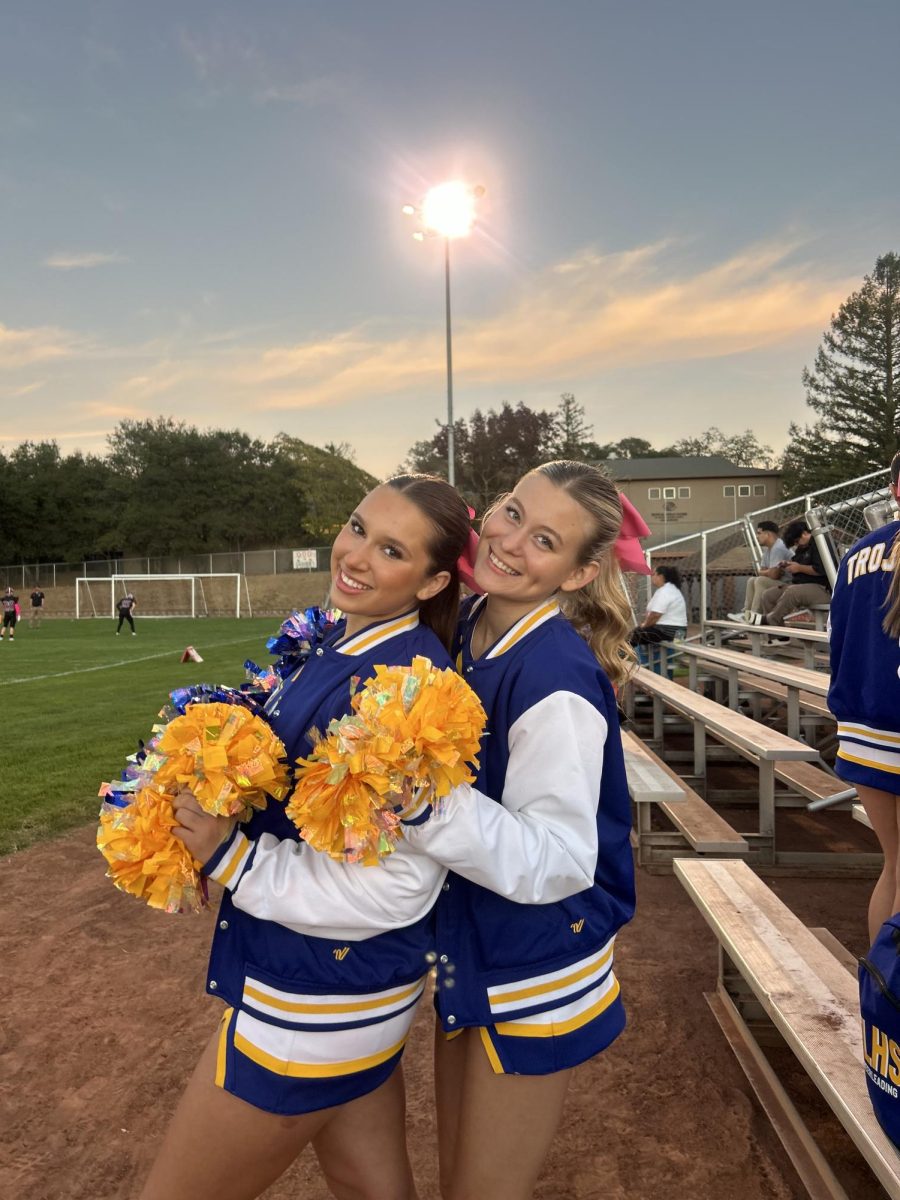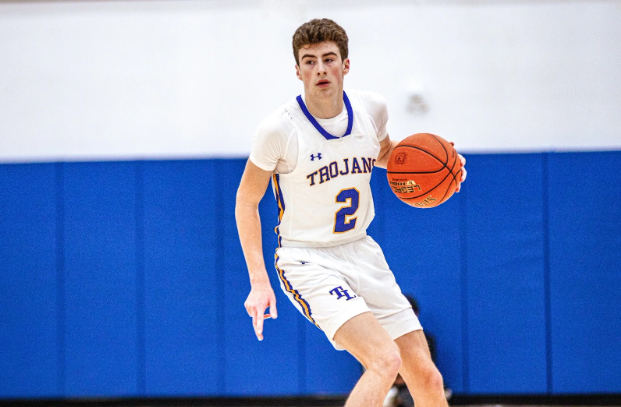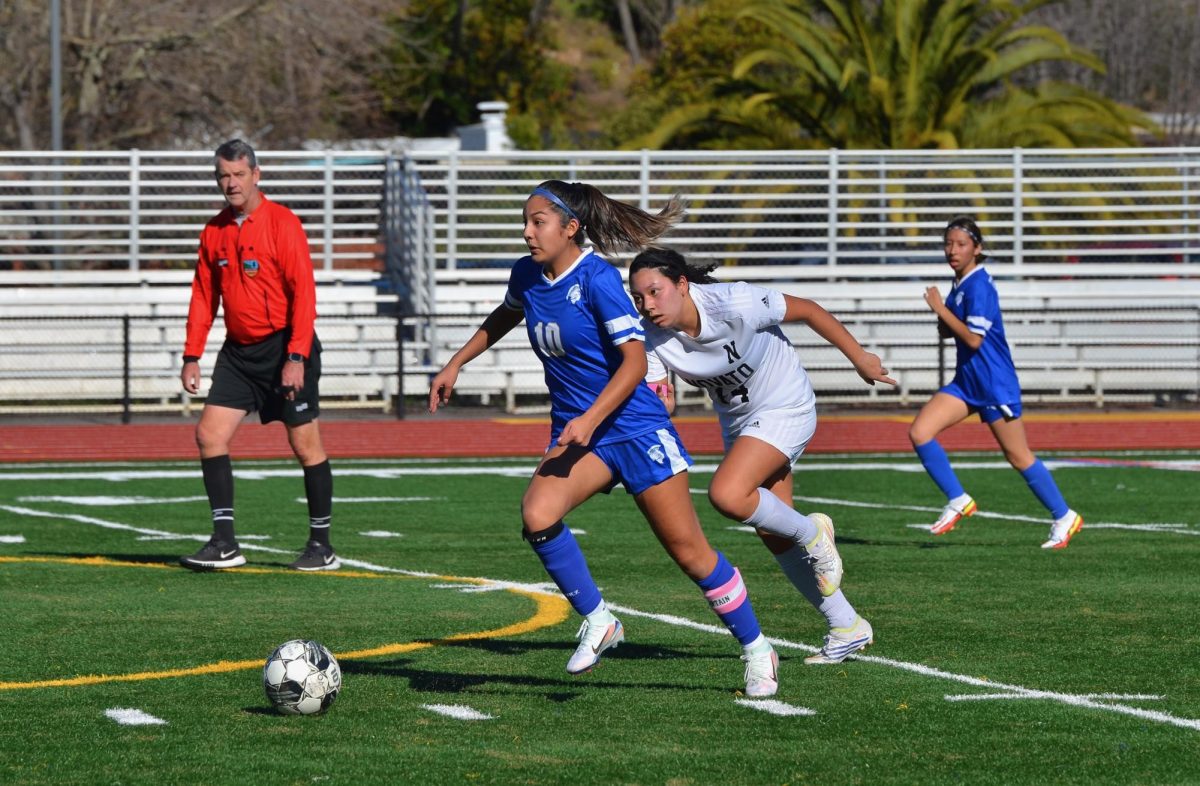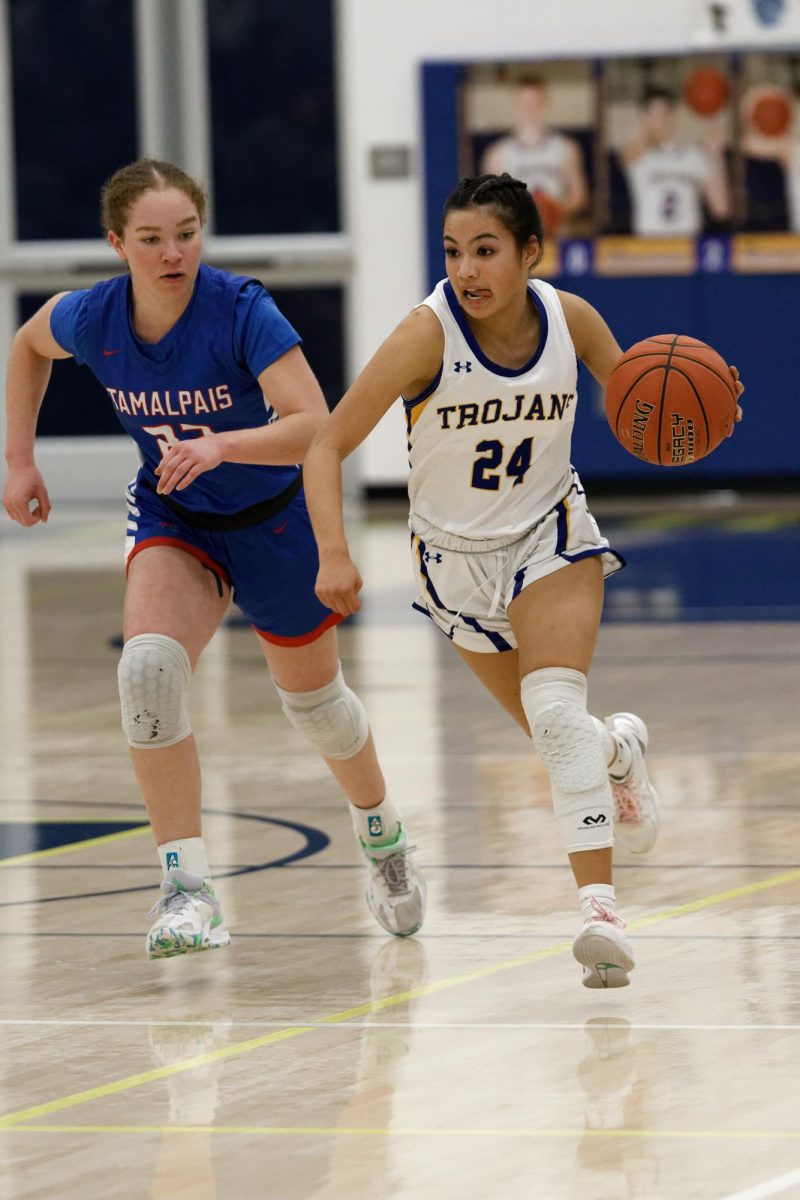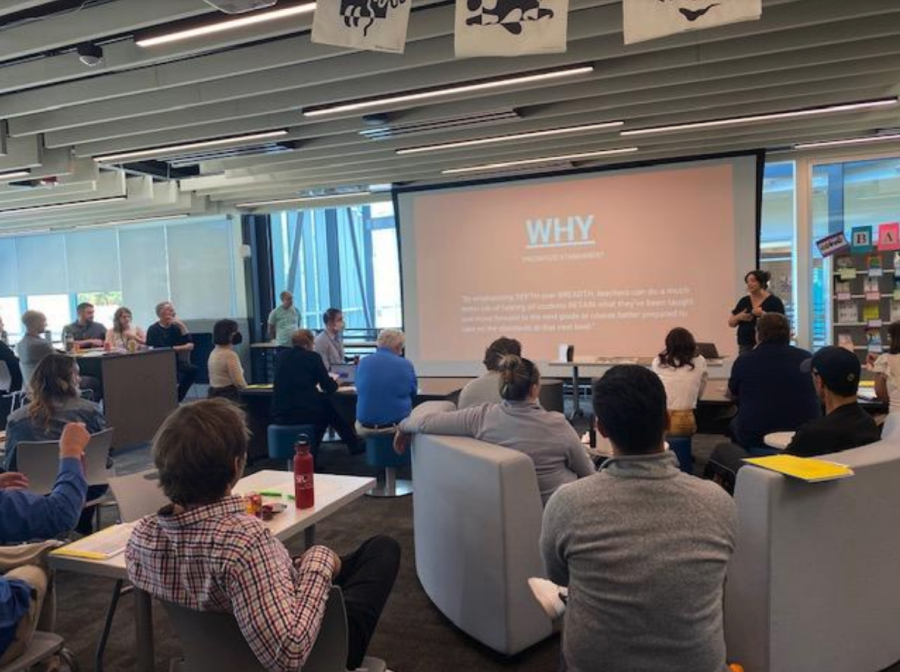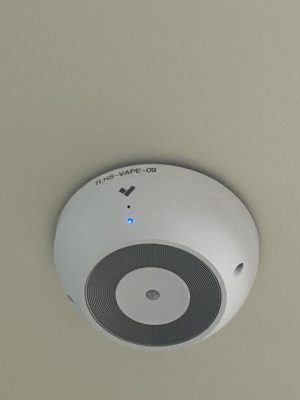What Goes on Inside of Staff Meetings?
October 6, 2022
TL students are all aware of the staff meetings that teachers attend, but what actually happens behind closed doors?
Usually occurring after 6th period on Wednesday afternoons, meetings are divided into four categories: faculty meetings, department meetings, professional development meetings, and department collaboration meetings.
Faculty meetings are held at least once a month, generally involving administration giving updates to the rest of the school’s workforce. “Ms. Dunlap and the other administrators present us with what we need to know in terms of teaching, preparing to teach, anything related to the high school that’s coming up, that type of thing,” stated Social Studies teacher, Mr. Baker. They include ideas from both administration and teachers. “There are two ways to approach faculty meetings: you can get information from the top-down, that is from administration or the district. Or you can also develop faculty from the bottom-up. We do both.”
Department meetings are a meeting of an entire department of teachers coming together to assist one another and discuss issues facing their own classes. “It can be so different depending on what’s going on,” said English teacher, Ms. Lichty. “We just had progress grades come out, so I know our next department meeting is gonna be about the Ds and Fs we have in our classes and how to help those students.”
Department collaboration meetings are similar, but for more specific categories of teaching. “The Collaboration is more like, where the Freshman teachers get together, or the Sophomore teachers or the AP Lit teachers, and we talk about what we’re currently doing and how we can move together and teach sort of the same thing,” Lichty explained.
Professional development meetings are the type which may cause an early release schedule. Lasting two hours, teachers will attempt to strengthen their teaching style in line with an initiative the district has put in place. Currently, teachers are working on priority standards. “They’re specific to subjects, so in the Social Science department we’re looking at standards on how to teach Government, how to teach U.S. History, how to teach World History. They’re doing the same thing in Math, and Science, and all the department are doing something similar,” said Baker.
“As a department, we all agree that these ten standards are the most important, these are gonna help students in their four years of high school and beyond,” elaborated Lichty on the purpose of standards. Examples of academic standards include: ensuring students learn about the three branches of government in Government class, or that students understand how to cite textual evidence in English class.They can also help teachers know what a student of a certain grade level will know already. It is, after all, much easier to teach a class when every student has a similar level of experience with the material.
“A majority of the time they’ve been absolutely helpful,” Baker told us. “Any time we can get new ideas, whether it’s from the district or from each other, is a big plus.” He did note, however, that there have at times been meetings that he thought could have simply been an email instead, but reaffirmed that they were valuable for the most part. Lichty disagreed slightly, instead saying that in her experience meetings had only been called in situations where an email would have been insufficient.



